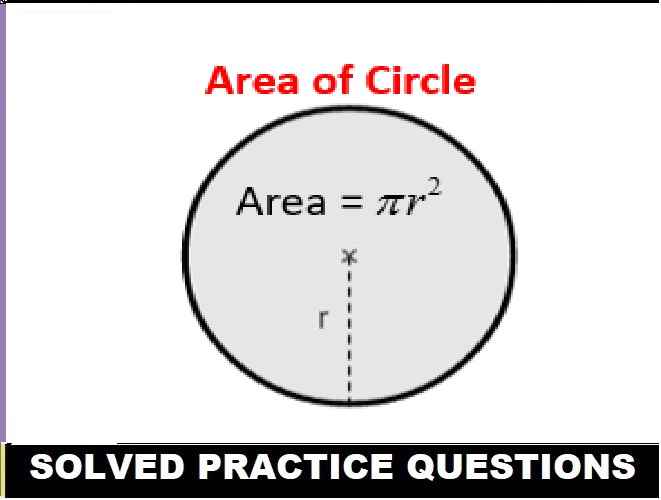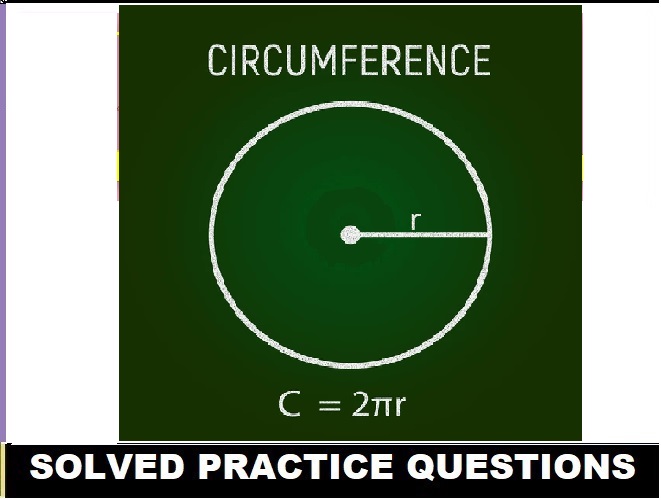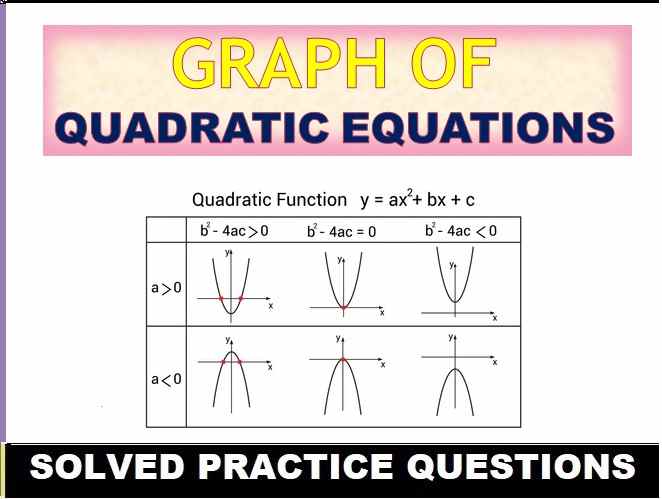Chemical Coordination ICSE Class-10 Concise Selina Biology Chapter-7. We Provide Step by Step Answer of Progress Check , MCQs, Short Answer Type, DESCRIPTIVE Answer Type Questions and Structured / Applications / Skill Type Questions of Exercise-7 Chemical Coordination In Plant ICSE Class-10 . Visit official Website CISCE for detail information about ICSE Board Class-10.
| Board | ICSE |
| Publications | Selina Publishers PVT LTD |
| Subject | Concise Biology |
| Class | 10th |
| writer | HS Vishnoi |
| Chapter-7 | Chemical Coordination |
| Topics | Solutions of MCQs, Very Short ,Descriptive and Structural/Skill Questions |
| Edition | 2021-2022 |
Chemical Coordination ICSE Class-10 Concise Selina Biology Chapter-7
– : Select Topics :-
D.Structured / Application / Skill Type
Important Point for Chemical Coordination in Plant
Plant Hormones or Plant Growth Regulators,Tropic Movement and Chemical Coordination in plant and tropic movement. Study of Geotropism ,Hydrotropism ,Phototropism, Thigmotropism and Chemotropism . In plant Auxin ,Cytokinin, Gibberellins and Ethylene Hormones , Control the Coordination .
A. Multiple choice type
Chemical Coordination in Plant ,Chapter- 7 Selina Biology Solution for ICSE Class 10
Page 88
Question 1
A plant hormone related with inhibition of senescence is
(a) Ethylene
(b) ABA
(c) Bromic acid
(d) GA
Answer 1
(d) GA
Question 2
Apical dominance phenomenon is caused by
(a) Auxins
(b) GA
(c) Cytokinins
(d) ABA
Answer 2
(a) Auxins
Question 3
Which of the following hormones regulate stomatal colour?
(a) Auxins
(b) GA
(c) ABA
(d) Cytokinins
Answer 3
(d) Cytokinins
Question 4
Auxins are abundantly produced in
(a) base of the root
(b) base of the shoot
(c) shoot
(d) meristematic region of the shoot
Answer 4
(d) meristematic region of the shoot
Question 5
A higher concentration of ethylene is found in
(a) green banana
(b) ripe banana
(c) fresh potato tuber
(d) green apple
Answer 5
(b) ripe banana
Question 6
Common gibberellin is
(a) GA1
(b) GA2
(c) GA3
(d) GA7
Answer 6
(c) GA3
Question 7
Stems are
(a) positively geotropic and negatively phototropic
(b) positively geotropic and positively phototropic
(c) negatively geotropic and positively phototropic
(d) negatively phototropic and negatively geotropic
Answer 7
(c) negatively geotropic and positively phototropic
Question 8
In tropic movements, plant parts move
(a) away from the stimulus
(b) towards the stimulus
(c) either towards or away from the stimulus
(d) only towards water
Answer 8
(c) either towards or away from the stimulus
(B) SHORT ANSWER TYPE
Chemical Coordination in Plant ,Chapter 7 Selina Concise Biology Solution For ICSE Class 10
Page 89
Question 1
Match the items in column A with those of column B.
| Column A | Column B |
| (a) Auxin | (i) apical dominance |
| (b) Gibberellin | (ii) cell division |
| (c) Cytokinin | (iii) fruit ripening |
| (d) Ethylene | (iv) internodal elongation |
Answer 1
| Column A | Column B |
| (a) Auxin | (i) apical dominance |
| (b) Gibberellin | (iv) internodal elongation |
| (c) Cytokinin | (ii) cell division |
| (d) Ethylene | (iii) fruit ripening |
Question 2
Differentiate between:
(a) Thigmotropism and geotropism
(b) Phototropism and chemotropism
(c) Stimulus and response
(d) Phototropism and chemotropism
Answer 2
(a) Differences between thigmotropism and geotropism:
| Thigmotropism | Geotropism |
| Directional growth movement of a plant part in response to the touch of an object | Directional growth movement of a plant part in response to gravity |
| Example: Coiling of tendrils around support | Example: Growth of roots of plants in downward direction |
(b) Differences between phototropism and chemotropism:
| Phototropism | Chemotropism |
| Directional growth movement of a plant part in response to light | Directional growth movement of a plant part in response to chemicals |
| Example: Growth of shoots of plants in upward direction | Example: Growth of pollen tube towards female gametophyte |
(c) Differences between Stimulus and response
| Stimulus | Response |
| 1. Stimulus is an or condition that initiates a response | 1. A response is the reaction to a specific stimulus |
| 2. It is the change in environment | 2. It is organism reaction to stimulus |
| 3. Stimulus varies according to its type- intensity location, and duration | 3. Response may be physical or cellular, ot it may be behavioural |
| 4. Ex: Car horn | 4. Ex: Coming aside hearing car horn |
(d) Differences between Phototropism and chemotropism
| Phototropism | Chemotropism |
| Directional growth movement of a plant part in response to light | Directional growth movement of a plant part in response to chemicals |
| Example: Growth of shoots of plants in upward direction | Example: Growth of pollen tube towards female gametophyte |
Question 3
How is movement in plants different from that in animals?
Answer 3
Differences between movement in plants and movement in animals:
| Movement in plants | Movement in animals |
|
It involves bending, twisting and elongation of plant parts. |
It involves displacement from one place to another. |
|
Movement is said to be non-locomotory. |
Movement is said to be non-locomotory. |
|
Plants generally move to secure support, capture food or to find water or soil nutrients. |
Animals generally move to find mates, for protection from environmental changes and to capture food. |
|
Plant movements are confined to only some plant parts. |
Animal movements involve movement of the entire body. |
|
Plant movements are often related to growth. |
Animal movements are not related to growth. |
|
No muscles are involved in plant movements. |
Muscles are involved in animal movements. |
Question 4
Name the stimulus which causes the following movements in plants.
phototropism, thigmotropism, hydrotropism and geotropism
Answer 4
| Tropic movement | Stimulus |
| Phototropism | Light |
| Thigmotropism | Touch |
| Hydrotropism | Water |
| Geotropism | Gravity |
Question 5
Name the following.
(a) Hormone that stimulates growth by cell division.
(b) Growth retarding hormone in plants.
(c) Main auxin found in most plants.
Answer 5
(a) Cytokinin
(b) Abscisic acid
(c) Indole 3-acetic acid (IAA)
(C) DESCRIPTIVE ANSWER TYPE
Chapter-7 Chemical Coordination In Plant Selina Biology Solution
Page 89
Question 1
define the following terms:
(a) Phytohormones
(b) Tropism
(c) Clinostat
(d) Apical dominance
(e) Parthenocarpy
(f) Abscission
(g) Heliotropism
Answer 1
(a) Phytohormones : Hormones in plants are called phytohormones.
(b) Tropism : Movements in plants in which the direction of the response is related to the direction from which the stimulus comes is called tropism.
(c) Clinostat : Clinostat is an instrument which can allow a potted plant to rotate at a slow speed to demonstrate geotropism.
(d) Apical dominance : The phenomenon of the suppression of growth of lateral buds by apical buds is called apical dominance.
(e) Parthenocarpy : Development of fruits without fertilisation is called parthenocarpy.
(f) Abscission : Abscission is the falling off or shedding of various plant parts such as leaves, buds, flowers and fruits.
(g) Heliotropism : The phenomenon in which the young flower heads follow the sun across the sky as it moves from east to west direction is called heliotropism.
Question 2
List five plant growth hormones and mention one important role of each.
Answer 2
Plant growth hormones and their roles:
| Plant growth hormones | Roles |
| Auxins | Promote elongation and the growth of stems and roots
Promote cell division in vascular cambium Auxins of the apical bud inhibit the growth of lateral buds (apical dominance) |
| Cytokinin | Stimulate cell division and prevent the onset of senescence in tissues
Stimulate cell division Break dormancy of seeds Delay senescence of leaves and other organs Promote growth of lateral buds |
| Gibberellins | Enhance the longitudinal growth of the stem
Cause stem elongation and leaf expansion but have no effect on roots Break dormancy of buds and tubers Cause delay in senescence Promote elongation of internodes in sugarcane |
| Ethylene | Inhibits the growth of lateral buds and causes apical dominance
Breaks the dormancy of buds and seeds Associated with the process of ageing of plant organs such as yellowing of leaves |
| Abscisic acid | Induces dormancy in buds, stems and seeds
Induces and maintains dormancy in many seeds Inhibits flowering in short-day plants Inhibits cell division and cell elongation |
Question 3
What are tropic movements? Briefly explain various types of tropic movements in plants.
Answer 3
The directional movement of plant parts towards or away from a stimulus is known as tropic movement or tropism.
Different types of tropic movements in plants:
| Tropic Movement | Description |
| Phototropism
|
Movement of plant parts towards or away from light is termed phototropism.
Because shoots of most plants grow towards the source of light, it is termed positive phototropism. Roots grow away from light and hence are negatively phototropic.
|
| Geotropism
|
Movement of plant organs in response to gravity is termed geotropism.
Roots are positively geotropic because they grow in the direction of gravity. The shoot grows upwards, i.e. against gravity, and hence is negatively geotropic. |
| Chemotropism
|
Movement of plant organs in response to a chemical stimulus is called chemotropism.
When plant organs grow away from the chemical response, it is called negative chemotropism. When plant parts grow towards the chemical response, it is called positive chemotropism. The pollen tube grows towards the sugary substance secreted by the stigma of the flower. |
| Hydrotropism
|
Movement of plant organs in response to water is termed hydrotropism.
Roots grow towards the source of moisture and hence are positively hydrotropic. |
Question 4
The response of plants of gravity is known as geotropism. How are plant parts sensitive to gravity ? Describe with the help of diagram.
Answer 4
The response of plants to gravity can be observed in the laboratory when the seedlings are placed in a pot filled with moist soil.
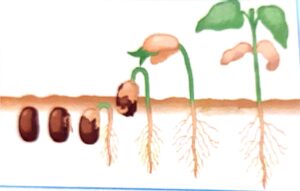
Roots of plants show positive geotropism which means that they grow in the direction of gravity in the downward direction. This movement is good for the growth of the seedling. The roots need to grow downwards in the soil in search of water and minerals.
Shoots of plants show negative geotropism which means that they grow against the direction of gravity in the upward direction. This movement is beneficial for the elongation of the plant. The shoots need to grow upwards in the direction of sunlight so that the plant can grow in height.
Question 5
What is meant by positive and negative tropic movements in plants? Explain them by giving suitable examples.
Answer 5
Positive tropic movements in plants:
Directional movement of a plant part towards the stimulus is called positive tropic movement.
Ex.
- Growth of shoots towards light, And roots towards gravity, roots towards water
Negative tropic movements in plants:
Directional movement of a plant part away from the stimulus is called negative tropic movement.
Ex.
- Growth of roots away from light, the shoots upwards and away from gravity, if shoots away from water
Question 6
With the help of an experiment, prove that roots are more positively hydrotropic than geotropic.
Answer 6
Aim :
To prove that roots are more positively hydrotropic than geotropic.
Apparatus:
Wire netting or gauze, wires, moist sawdust, germinating bean seeds
Procedure:
Take a piece of wire netting or gauze and suspend it with the help of wires.
Place moist sawdust of about 1 inch on the wire netting.
Embed some germinating bean seeds in the sawdust.
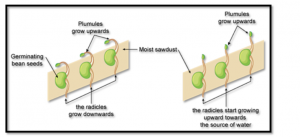
Observation:
As the seeds germinate, the radicles initially grow downwards through the wire netting under the influence of gravity. However, after some time they start growing upwards towards the moist sawdust. The shoots grow upwards all the time.
Inference:
Roots grow in the direction of gravity and water. The growth of roots towards water and overcoming the force of gravity suggests that roots are positively hydrotropic than geotropic. This implies that water is a more effective stimulus than gravity.
D. STRUCTURED / APPLICATION / SKILL TYPE
Selina Solution for ICSE Class 10 Chapter-7,Chemical Coordination in plant
Page 89
Question 1
The tea plants are never allowed to grow lengthwise. This is done by cutting their apical buds, a process known as pruning. In this way, tea plants get a dense growth and easy yield. Answer the following questions:
(a) Name the scientific phenomenon that is being overcome by pruning.
(b) What plant hormone is responsible for the scientific phenomenon mentioned in (a).
(c) Name one plant hormone which inhibits the said phenomenon.
Answer 1
(a) Apical dominance
(b) Auxins
(c) Cytokinin
Question 2
The figure given below shows the stages of ripening in a banana. Answer the questions that follow:
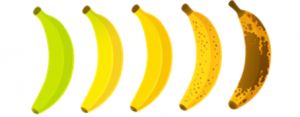
(a) Name the plant hormone responsible for the above changes.
(b) Mention two characteristic features of this hormone.
Answer 2
(a) Ethylene
(b) Characteristic features of ethylene:
Site of synthesis:
o It is synthesised in senescent leaves and flowers, germinating seeds and ripening fruits.
Functions:
o Induces and promotes fruit ripening
o Promotes fruit ripening
Question 3
The diagram given alongside shows a type of tropism. Study the same and answer the questions that follow :
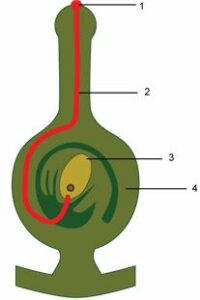
(a) Name and define the type of tropism shown in the diagram.
(b) Label the guidelines (1) to (4).
(c) Name two effective stimulants that help in the growth of part (2).
(d) Name two groups of plants where part (2) grows towards gametophyte with the help of the stimulants mentioned in (c).
Answer 3
(a) Chemotropism. It is the phenomenon of growth of plant organs in response to chemicals.
(b)
(1) Pollen grain,
(2) Pollen tube,
(3) Ovule,
(4) Ovary.
(c) Sugars and peptones.
(d) Gymnosperms and angiosperms.
Question 4
Study the diagrams given below and answer the following questions:
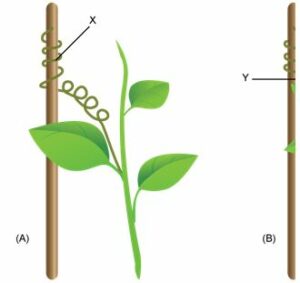
(a) Name the structures shown as X and Y in the figures (A) and (B), respectively.
(b) Write the functions performed by the structures X and Y.
(c) Name the phenomenon depicted and define it.
(d) How do the structures X and Y differ from each other?
(e) Give examples of the plants which show the said phenomenon.
Answer 4
(a) X: Stem tendrils, Y : Leaf tendrils.
(b) Function of X and Y : Stem and leaf tendrils enable the plant to climb up a support.
(c) Thigmotropism : It is the growth movement of plant parts in response to touch stimulus.
(d) Stem tendrils (X) arise from the stem while leaf tendrils (Y) arise from the leaf of the plant.
(e) Sweet pea, vines and Cuscuta.
Return to Concise Selina ICSE Biology Class-10
Thanks
